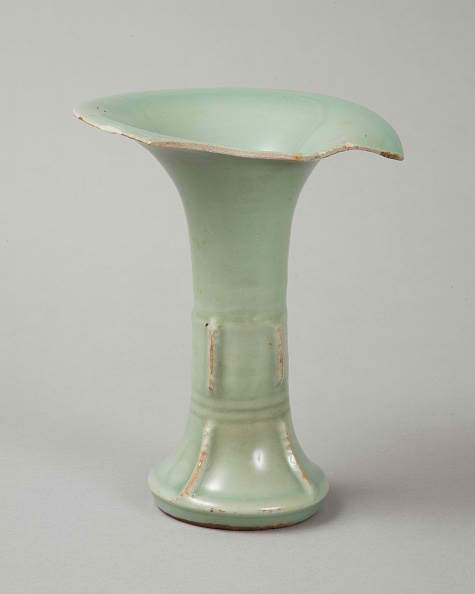On Wednesday night, 31 Chinese works of art were put on sale at Christie's in New York. The pieces of art include four items of 3,000-year-old bronze vessels.
The four bronze pieces alone have a total value of $4 million. These pieces are from the Fujita Museum in Osaka.
The collection was acquired by Denzaburo Fujita and his sons, Fujita Heitaro and Fujita Tokujiro. The Fujita Museum has one of the largest collections of Chinese and Japanese historical relics.
The bronze vessels are wine containers used in the Shang Dynasty and showcase the great Chinese bronze artisans of Henan Province.
According to Christie's website, "Serving in conjunction with a range of other vessel forms intended to contain either wine or foods, such vessels were used by the nobility in ritual ceremonies in which offerings of food and wine were presented to the ancestors."
One of the vessels, a square Fangzun, is carved with a mythical creature on its four shoulders. The creatures looked like birds with hooked beaks, wings and curled tails.
The largest vessel is Min Fanglei which stands 88 cm high. It is now on display at the Hunan Provincial Museum.
The Min Fanglei was returned to China in 2014.
The New York auction will also feature ancient Chinese paintings. Christie's stated that the paintings on sale are "six handscrolls that were formerly part of the collection of the Qianlong Emperor (1711-1799), as evidenced by his collector's seals and their inclusion in his official catalog, the Shiqu Baoji."
One of the Buddhist sculptures included is a marble sculpture with the Buddha Shakyamuni at the center. This sculpture has an inscription that belonged to the Northern Wei Ddynasty.
Longquan Celedon pieces were also part of the collection on sale. These pieces have a jade color and were produced during the Yuan-Ming Dynasties.



























